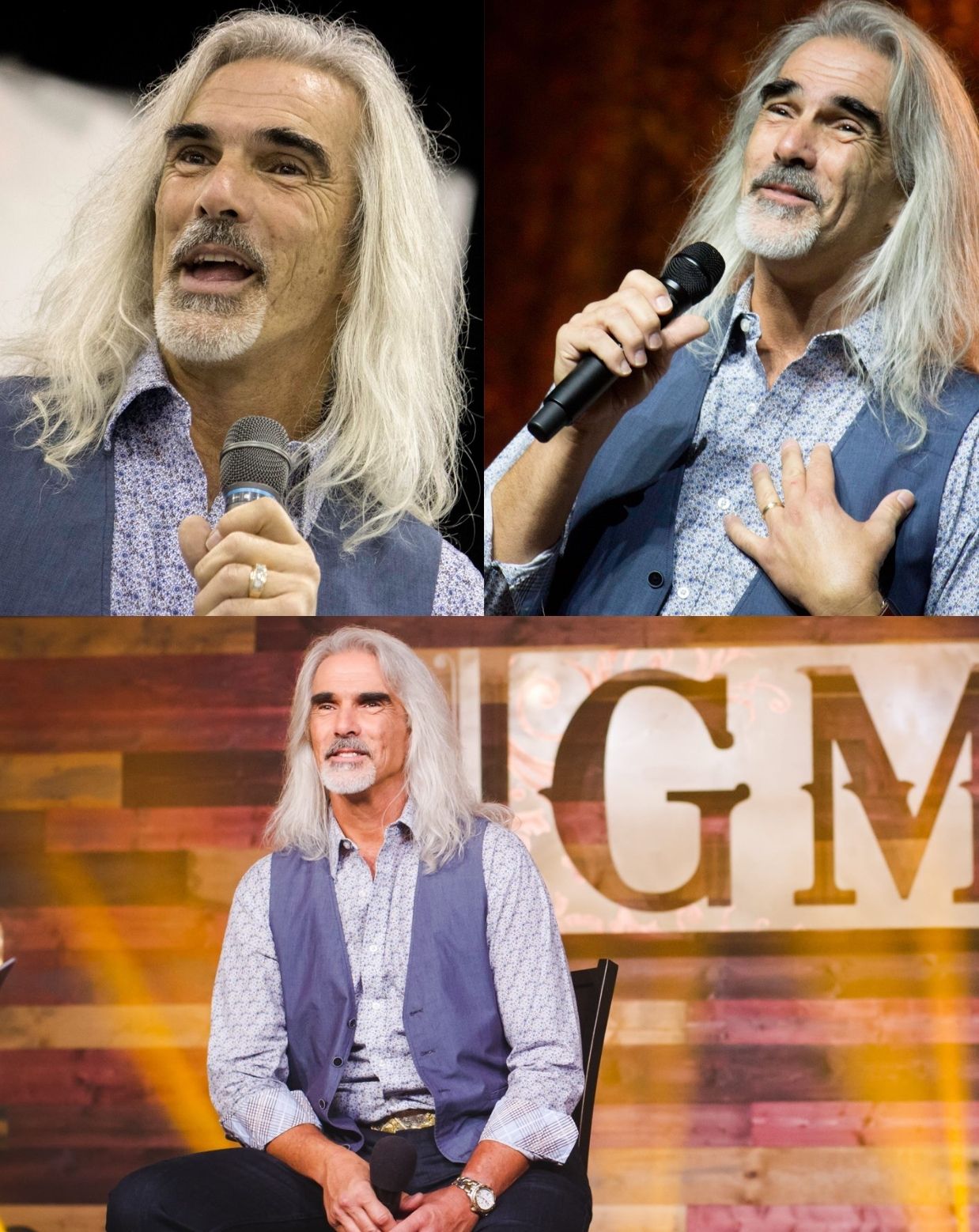
Certain songs are not just prayers sung aloud — they are true offerings, surrendered wholly before God. They transcend performance, offering themselves like incense rising toward the heavens. Among such sacred hymns, “Take My Life and Let It Be” stands as a monumental testament to faith and surrender, moving countless generations.
When Guy Penrod, with his unmistakable voice — both warm and weathered, resonating strength and humility — takes this sacred hymn into his hands, it ceases to be merely a song on a setlist. Instead, it becomes a living testament, a vow unfolding before the audience, a hymn of consecration pulsating with genuine conviction.
Originally penned in 1874 by English poet and hymn-writer Frances Ridley Havergal, the verses were described as her quiet act of complete dedication to Christ. Crafting words that were a full surrender — every gift, every hour, every thought — into His service. For over a century, this hymn has echoed through sanctuaries, revivals, and quiet moments of prayer worldwide, each stanza a heartfelt offering: “Take my hands, my voice, my silver and gold, my will, my heart, my love…” The very essence declares that nothing we hold is truly our own.
But when Penrod delivers “Take My Life” live, its essence expands beyond a quiet personal prayer into a collective cry each note blooming into a shared longing for sacred consecration. In the swell of his voice and the resounding echo of thousands joining his call, it transforms into the yearning of an entire congregation — a multitude of hearts aching to be set apart for God’s divine purpose.
Penrod’s voice carries strength and trembling — strength forged by a life steeped in unwavering faith and music, and trembling born from the profound awareness of the cost of true surrender. Every note is not a performance but devotion made audible, especially when he sings, “Take my moments and my days, let them flow in ceaseless praise.” The gravity of this line feels intensely personal, as though not only voicing his prayer but enveloping the audience in a shared sacred promise. It’s a solemn reminder that the greatest offering we can give is not applause, but obedience.
Those fortunate enough to witness these performances describe them less as mere concerts and more as moments of worship — sanctuaries filled with raised hands, bowed heads, and open hearts. The song stops belonging to Guy Penrod alone; it becomes the offering of every soul present.
What many may not realize is that “Take My Life” was never intended as mere poetry or sentimental hymnody. Havergal wrote it as an act of consecration, dedicating her time, resources, and possessions as living proof of her commitment. Penrod echoes this authenticity today, not as a mere entertainer, but as a believer submitting wholeheartedly — compelling every listener to do the same.
Through this hymn, its enduring truth resounds loud and clear: the highest form of music is not measured by sound or number of voices but by the sacrifice and transformation of lives shaped by its sacred vow.
Whether sung inside majestic cathedrals, concert halls, or humble country churches, “Take My Life” carries one universal and powerful message — the most beautiful offering is a surrendered life.
When Guy Penrod lifts this hymn, his voice is the vessel, but the prayer-filled song belongs ultimately to God and to all willing to embrace its call. In those moments, the audience is no longer passive but active participants in an eternal act of giving.
The hymn concludes with an everlasting truth: a life consecrated to the Creator becomes a song that never ends.